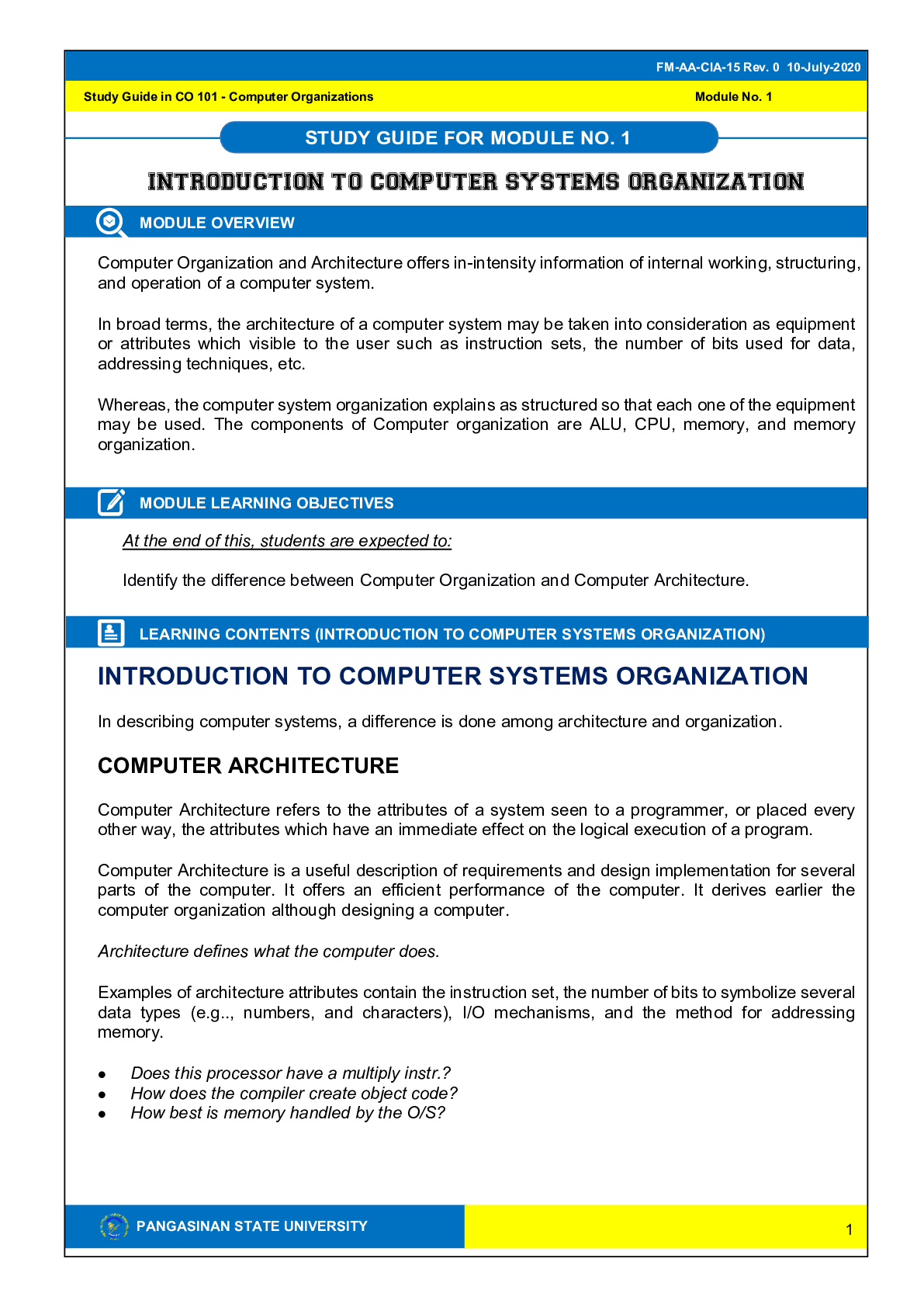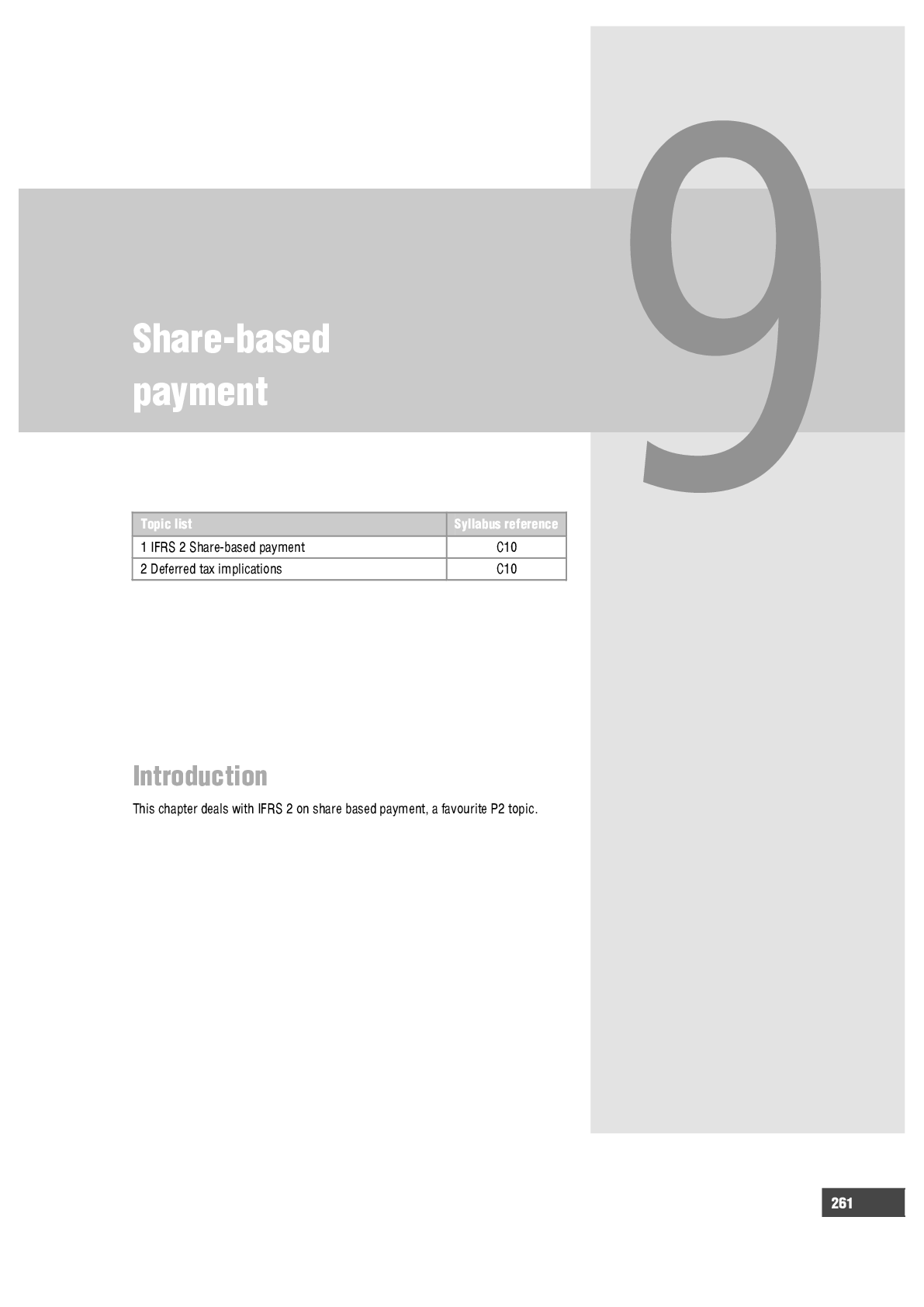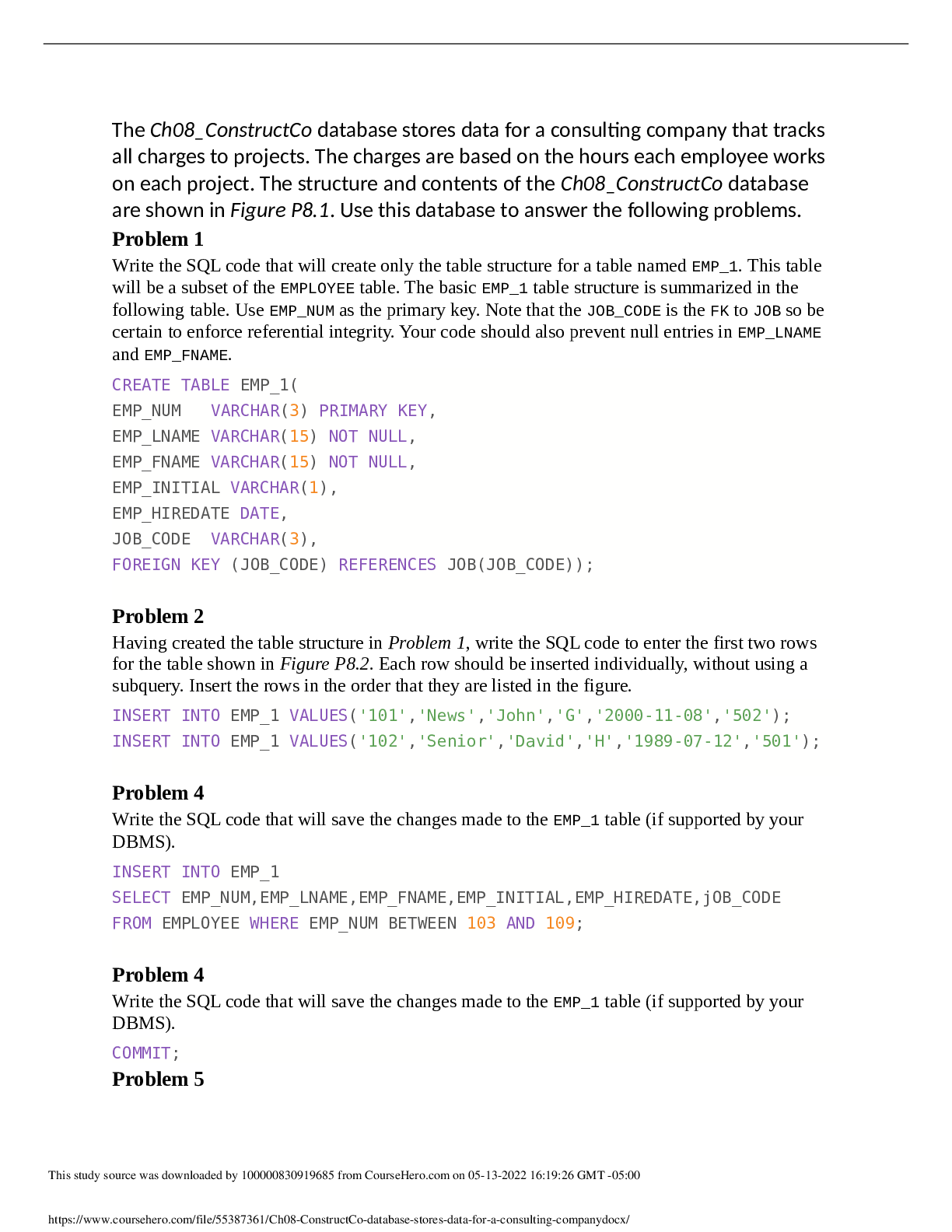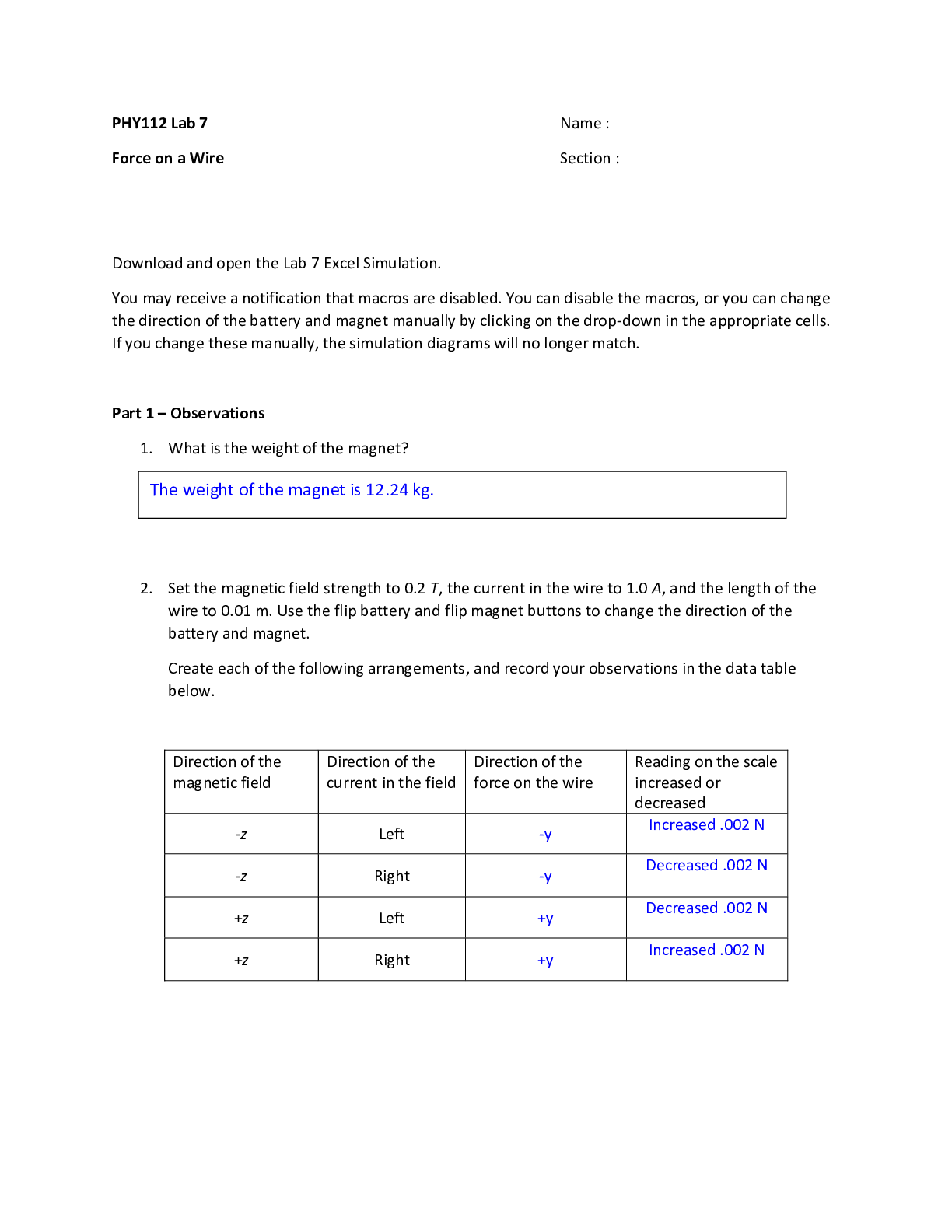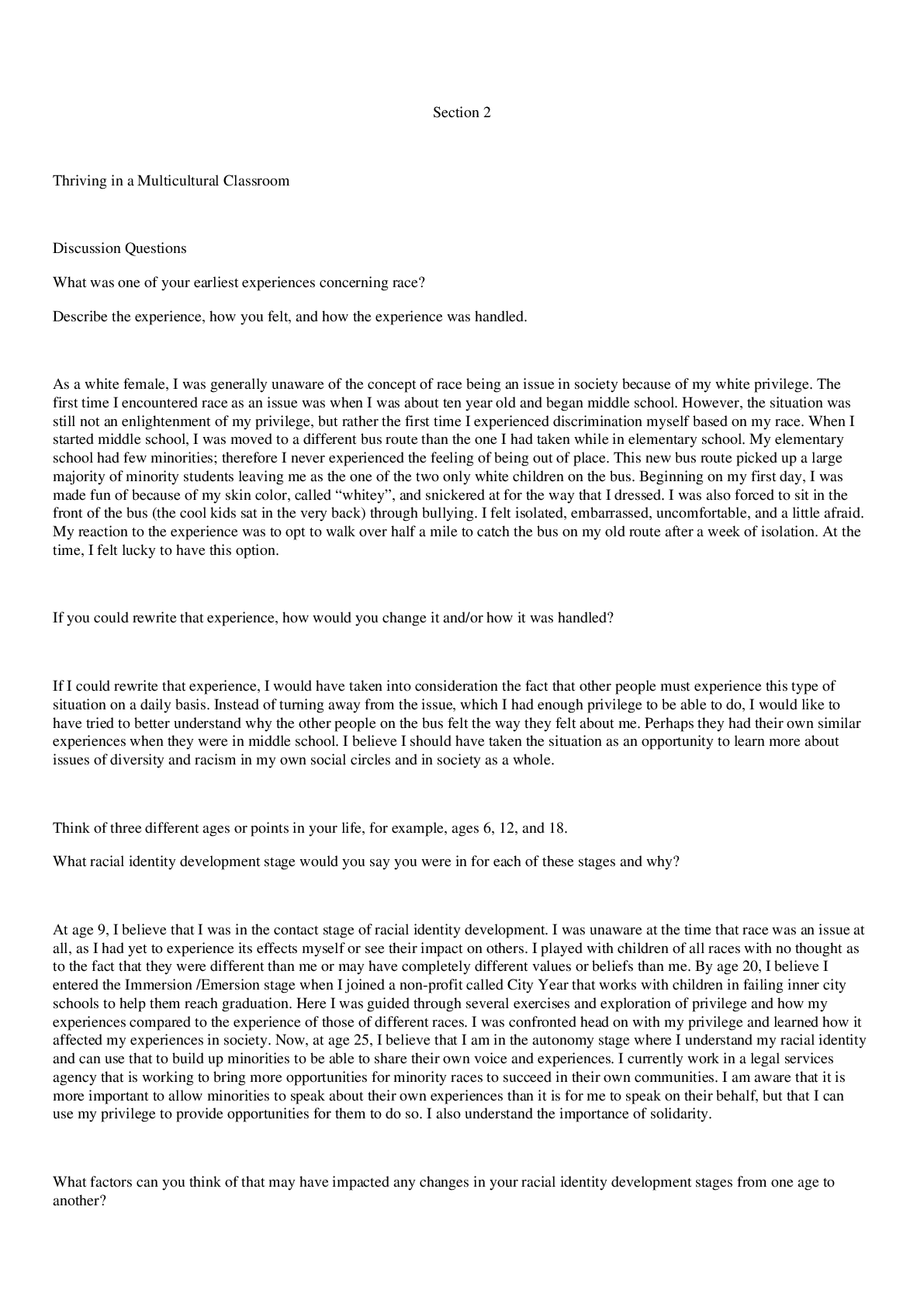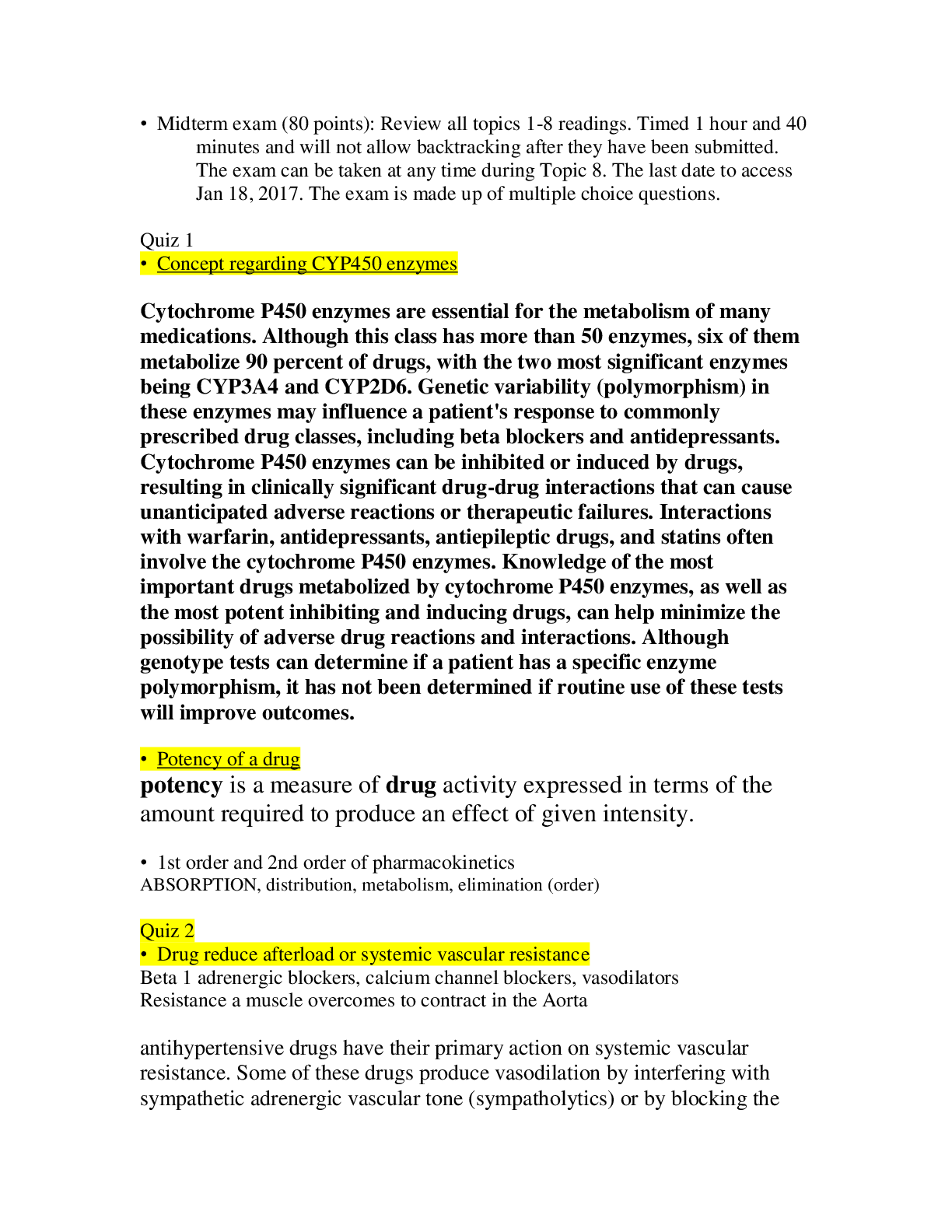Information Technology > STUDY GUIDE > Building Information System (All)
Building Information System
Document Content and Description Below
Building Information System 13.1 How Does Building New Systems Produce Organizational Change? Systems Development and Organizational Change Understand the levels of organizational change and their ... risk/return. Figure 13.1 gives a good summary. Automation: The first applications of information technology involved assisting employees with performing their tasks more efficiently and effectively. Ex) Calculating paychecks and payroll registers, giving bank tellers instant access to customer deposit records, and developing a nationwide reservation network for airline ticket agents. Rationalization of Procedures: this is the streamlining of standard operating procedures. Ex) Moen’s new system for capital expense requests is effective not only because it uses computer technology but also because the company simplified its business processes for this function. Fewer manual steps are required. -Rationalization of procedures is often found in programs for making a series of continuous quality improvements in products, services, and operations, such as total quality improvements in products, services, and operations, such as Total Quality Management & Six Sigma -Total Quality Management (TQM): makes achieving quality an end in itself and the responsibility of all people and functions within an organization -Six Sigma: is a specific measure of quality, representing 3.4 defects per million opportunities. Most of the companies cannot achieve this level of quality, but use six sigma as a goal for driving ongoing quality improvement programs. Business Process Redesign: in which business processes are analyzed, simplified, and redesigned. Business process redesign reorganizes workflows, combining steps to cut waste and eliminate repetitive, paper-intensive tasks. -Ex) Ford Motor Company’s invoice less processing, which reduced headcount in Ford’s North American Accounts Payable organization of 500 people by 75 percent -Rationalizing procedures and redesigning business processes are limited to specific parts of a business. Paradigm Shift: involves rethinking the nature of the business and the nature of the organization -Business process redesign and paradigm shifts often fail because extensive organizational change is so difficult to orchestra. This study source was downloaded by 100000830919685 from CourseHero.com on 06-15-2022 08:33:19 GMT -05:00 https://www.coursehero.com/file/12935235/Ch13-StudyGuide/MIS 311 – F15 Business Process Redesign Business process redesign vs. business process management -Many businesses today are trying to use IT to improve their business processes. Some of these systems entail incremental process change, but others require more far-reaching redesign of business processes. To deal with these changes, organizations are turning to Business Process Management. -BPM provides a variety of tools and methodologies to analyze existing processes, design new processes, and optimize those processes. Read the 5 steps and know their order. Skip the rest including the Tools for BPM. 1. Identify processes for change: understanding what business processes need improvement 2. Analyze existing processes: Existing business processes should be modeled and documented. The process design team identifies redundant steps, paper-intensive tasks, bottlenecks, and other inefficiencies 3. Design the new process: Once the existing process is mapped and measured in terms of time and cost, the process design team will try to improve the process by designing a new one 4. Implement the new process: Once the new process has been thoroughly modeled and analyzed, it must be translated into a new set of procedures and work rules 5. Continuous measurement: Once a process has been implemented and optimized, it needs to be continually measured. 13.2 What Are the Core Activities In the Systems Development Process? -The activities that go into producing an information system solution to an organizational problem or opportunity are called Systems Development -System development is a structured kind of problem solved with distinct activities. These activities consist of systems analysis - systems design – programming – testing - conversion - production and maintenance Systems Analysis Know the 6 steps, their definitions, and order Class discussions on the steps 1. Systems analysis -> types of feasibility studies (class discussions) -System analysis is the analysis of a problem that a firm tries to solve with an information system. It consists of defining the problem, identifying its causes, specifying the solution, and identifying the information requirements that must be met by a system solution -Feasibility study to determine whether that solution is feasible, or achievable, from a financial, technical and organizational standpoint. -The feasibility study determines whether the proposed system is expected to be a good investment, and whether the technology needed for the system is available and can be handled by the firm’s information systems specialists, an whether the organization can be handle the changes introduced by the system. -Information requirements of a new system involve identifying who needs what information, where, when, and how. -Requirements analysis carefully defines the objectives of the new or modified system and develops a detailed description of the functions that the new system must perform. 2. System design -> activities in this stage (class discussions) -System analyses describes what a system should do to meet information requirements, and systems design shows how the the system will fulfill this objective -System designer details the system specifications that will deliver the functions identified during systems analysis. -The role of End Users: Users must have sufficient control over the design process to ensure that the system reflects their business priorities and information needs, not the biases of technical staff. [Show More]
Last updated: 2 years ago
Preview 1 out of 6 pages
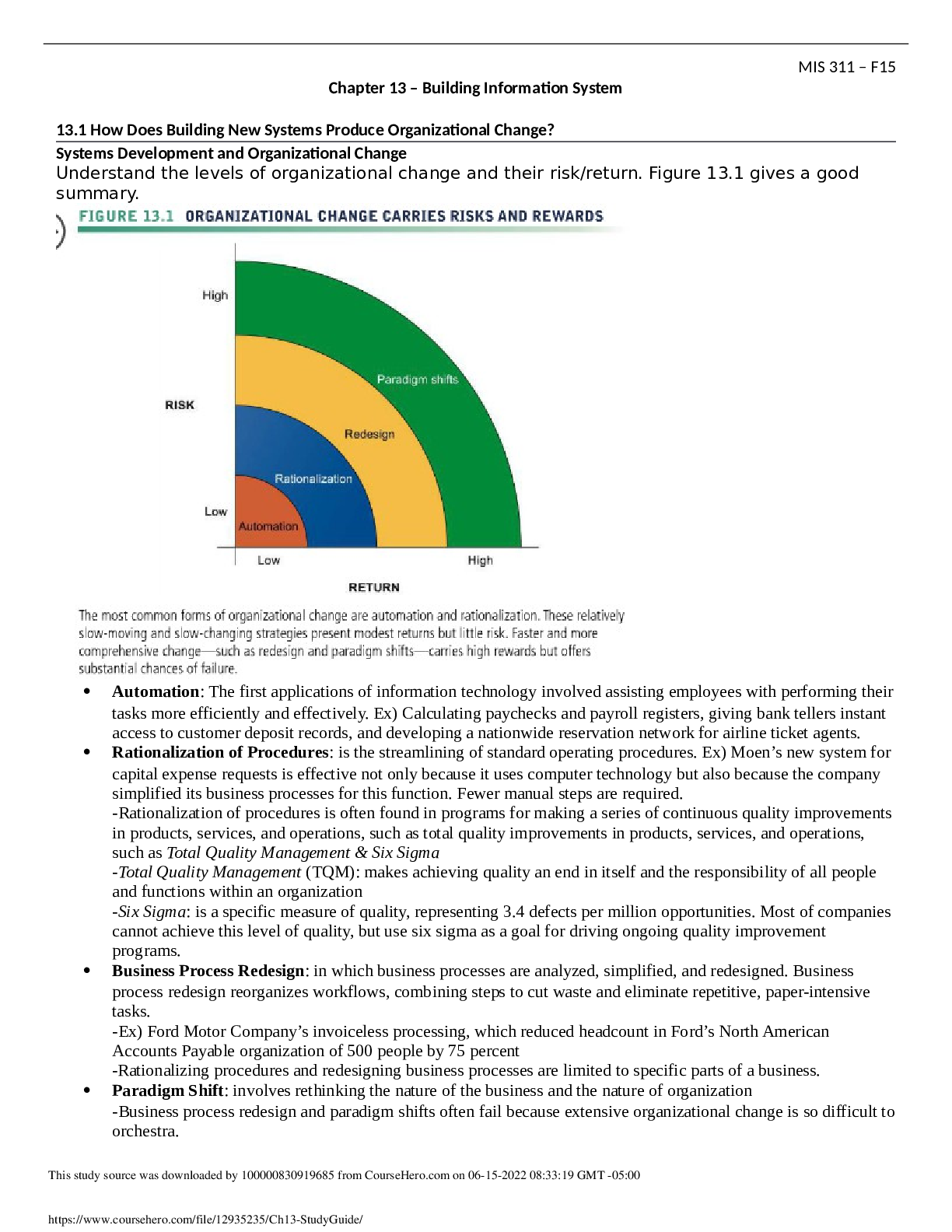
Buy this document to get the full access instantly
Instant Download Access after purchase
Buy NowInstant download
We Accept:

Reviews( 0 )
$7.00
Can't find what you want? Try our AI powered Search
Document information
Connected school, study & course
About the document
Uploaded On
Aug 25, 2022
Number of pages
6
Written in
Additional information
This document has been written for:
Uploaded
Aug 25, 2022
Downloads
0
Views
67

